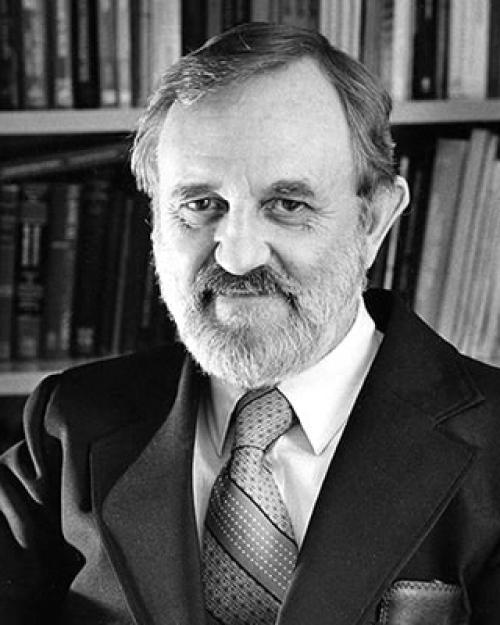
History of Ferroeclectrics
Robert E. Newnham
Presentation Menu
Ferroelectric ceramics are widely used as capacitors, transducers, and thermistors, accounting for about one-half the sales of electroceramic components. The historical roots leading to the discovery of ferroelectricity can be traced back to the last century and the work of the famous crystal physicists Weiss, Pasteur, Pockels, Hooke, Groth, Voigt, and the brothers Curie. Beginning with the pioneering work on Rochelle salt and potassium dihydrogen phosphate, the study of ferroelectrics accelerated rapidly during World War II with the discovery of barium titanate. Then came a period of rapid proliferation with more the 100 new ferroelectrics identified in the next decade, including lead zirconate titanate, the most widely used piezoelectric transducer. In the following decade, the concepts of soft modes and order parameters led to the age of high science in the sixties. Neutron experiments authenticated the soft-mode concept and led to the discovery of a number of peculiar improper ferroelectrics such as gadolinium molybdate. In the seventies came the age of diversification in which the electrooptic properties, defect chemistry, and electronic conduction phenomena in ferroelectric ceramics were explored. In the present decade we are witnessing the beginnings of electroceramic integration: Ferroelectric transducers and capacitors are being integrated into multilayer packages along with ceramic substrates, metallic interconnect circuitry, and ceramic resistors. Further integration and miniaturization will take place in the years ahead as electroceramic technology follows the pathways of the semiconductor industry.
